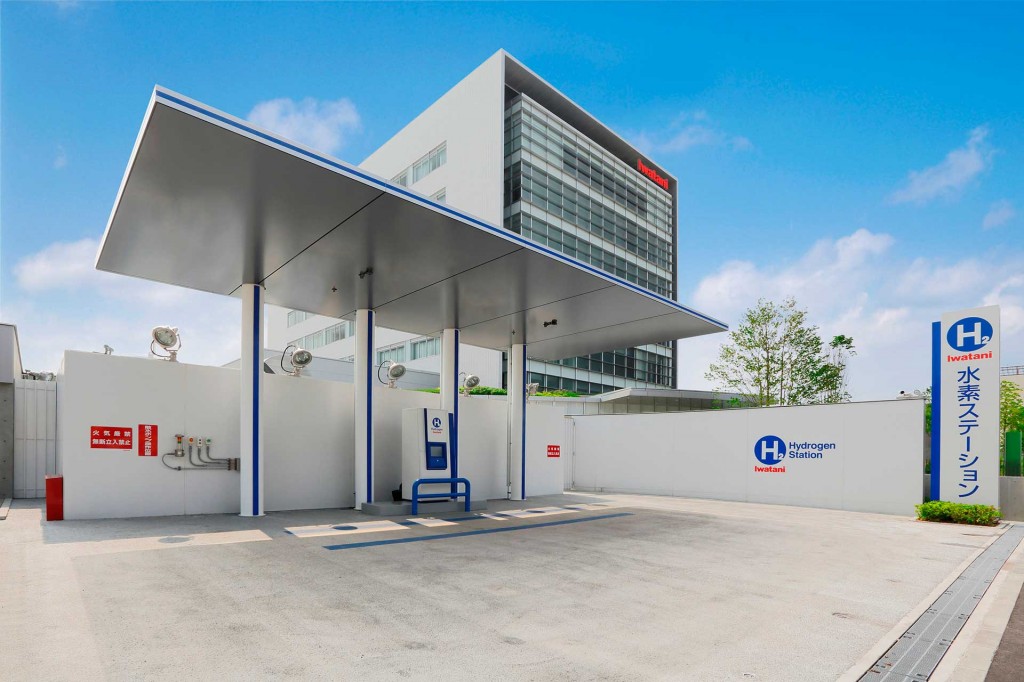Certain Japanese carmakers are among the most ardent proponents of hydrogen fuel-cell vehicles, and the Japanese government plans to use the 2020 Tokyo Olympics to promote hydrogen technology in a wide variety of applications.
Officials hope fuel cells can not only power vehicles but replace other power sources in the wake of the Fukushima nuclear disaster.
And Tokyo Governor Yoichi Masuzoe wants to use the Olympics as an opportunity to build and showcase new hydrogen infrastructure.
DON'T MISS: Japan To Spend $385 Million On Hydrogen For 2020 Olympics Deadline
Just as the 1964 Tokyo games were used to promote Japan's now-famous "bullet trains," a "hydrogen society" will be the infrastructure legacy left by the 2020 games, Masuzoe told The Wall Street Journal (subscription required) in a recent interview.
"Hydrogen society" is a term that has been used by Japanese Prime Minister Shinzo Abe to describe a more expansive deployment of fuel cells, in which they are to power buildings as well as vehicles.
Tokyo now reportedly plans to spend 40 billion yen ($330 million) through 2020 on hydrogen-infrastructure projects--a slight decrease from previous estimates.

Honda FCV Concept
But the cost and pace of the rollout have raised a number of questions, the Wall Street Journal suggests.
Officials reportedly hope to have "thousands" of fuel-cell cars on Japanese roads by then, at least 100 fuel-cell buses that primarily serve the Tokyo Olympic Village, and a network of fueling stations.
They are also considering building a pipeline to supply the Olympic Village with hydrogen. Fuel cells will reportedly be used to power certain buildings there, including the media center and athlete dormitories.
ALSO SEE: Toyota, Honda, Nissan Set Details Of Hydrogen Network In Japan
Masuzoe has pushed more broadly for "de-motorization," as a way to reduce air pollution, encouraging bicycle commuting, creating more pedestrian areas, and backing subsidies for fuel-cell cars.
However, Japan has little of the infrastructure to produce hydrogen domestically, so it may rely largely on imports. Companies are reportedly working to produce hydrogen from low-grade (or "dirty") coal in Australia, for instance.
But the carbon dioxide produced during that process boosts the wells-to-wheels carbon footprint of the hydrogen vehicle significantly compared to hydrogen produced from renewable energy--the ideal process often cited by proponents.

Hydrogen station in Amagasaki City, Japan
Japan is also reportedly investigating refineries in Saudi Arabia and Malaysia, and hydroelectric power sources in Canada and Russia, as potential sources of hydrogen.
Honda, Nissan, and Toyota will underwrite some of the operating costs of hydrogen fueling stations.
This government-backed policy may be necessary, as the fueling stations currently selling hydrogen at prices competitive with gasoline are operating at a loss.
MORE: Japan Eases Laws, Boosts Incentives For Hydrogen Fuel-Cell Cars
Officials are counting on the economy of scale of more stations and more cars to lower costs related to hydrogen.
But carmakers may not be as committed as the government; Toyota still only plans to make 700 Mirai sedans this year, and 3,000 by 2017.
It will be "at least 10 years" before Toyota's hydrogen vehicle production reaches the level of "tens of thousands," a spokesman said.
Honda has also said it will offer a fuel-cell car to the general public, but production estimates will have to wait until the car itself debuts.
[hat tip: Brian Henderson]
_______________________________________________












